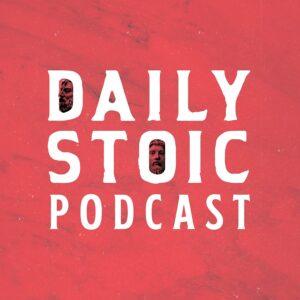
In this episode of the Huberman Lab podcast, Dr. Andrew Huberman is joined by Dr. Andy Galpin to discuss the importance of recovery in achieving fitness and performance goals. They explore various types of recovery, the factors contributing to muscle soreness, the role of inflammation, and the impact of different recovery strategies on the body.
Recovery is a crucial component of achieving fitness and performance goals. While stress causes adaptation, recovery is the key to progress. It is important for recovery to outpace the stress input for optimal adaptation. Overtraining can have negative effects and hinder progress. However, there are different types of recovery and strategies that can enhance recovery, allowing individuals to become better at recovering.
Muscle soreness is caused by various factors, not just muscle damage. Delayed onset muscle soreness occurs due to an inflammatory and immune response. Pain receptors are activated by fluid accumulation and pressure on pressure receptors. Interestingly, muscle biopsies don’t cause pain because pain receptors are not present in the belly of the muscle. It is likely that neurons controlling touch, pain, and itch sensations contribute to delayed onset muscle soreness.
Low level movement, such as light cardio or low impact work, can effectively reduce acute soreness by pumping fluid out of the cell. Inflammatory signals causing delayed onset muscle soreness may originate from free radicals released from the mitochondria. Resistance training causes damage to the cell wall, allowing free radicals to escape. Engaging in low-level exercise enhances percussion and helps remove fluid and pressure from nerve endings and muscle spindles, aiding in recovery.
Adjusting temperature during sleep can improve sleep quality and promote feeling refreshed upon waking up. Recovery is the time when specific adaptations to exercise occur. The body’s physiology aims to return to homeostasis, leading to adaptations that prevent the same level of disruption from the same stimulus in the future. Hormesis, the dosage or toxicity response to various stimuli, including exercise, is a phenomenon that can be observed. It is important to strike a balance between immediate gratification and long-term adaptation in recovery.
Biomarkers can provide valuable insights into an individual’s increased risk of cardiovascular events or optimal performance levels in athletes. Recovery time scales can vary, and acute inflammation can serve as a necessary stimulus for chronic adaptation. It is crucial to differentiate between optimization and adaptation when considering recovery. While anti-inflammatory supplements or drugs may enhance recovery in the short term, they may compromise long-term adaptation. Careful consideration should be given to interpreting marker increases, as their physiological relevance may vary.
Recovery plays a vital role in achieving fitness and performance goals. Understanding the different types of recovery and effective strategies to enhance recovery can lead to better results. Monitoring recovery and performance through biomarkers and optimizing sleep can further support overall progress. By prioritizing recovery and balancing immediate gratification with long-term adaptation, individuals can optimize their fitness and performance outcomes.